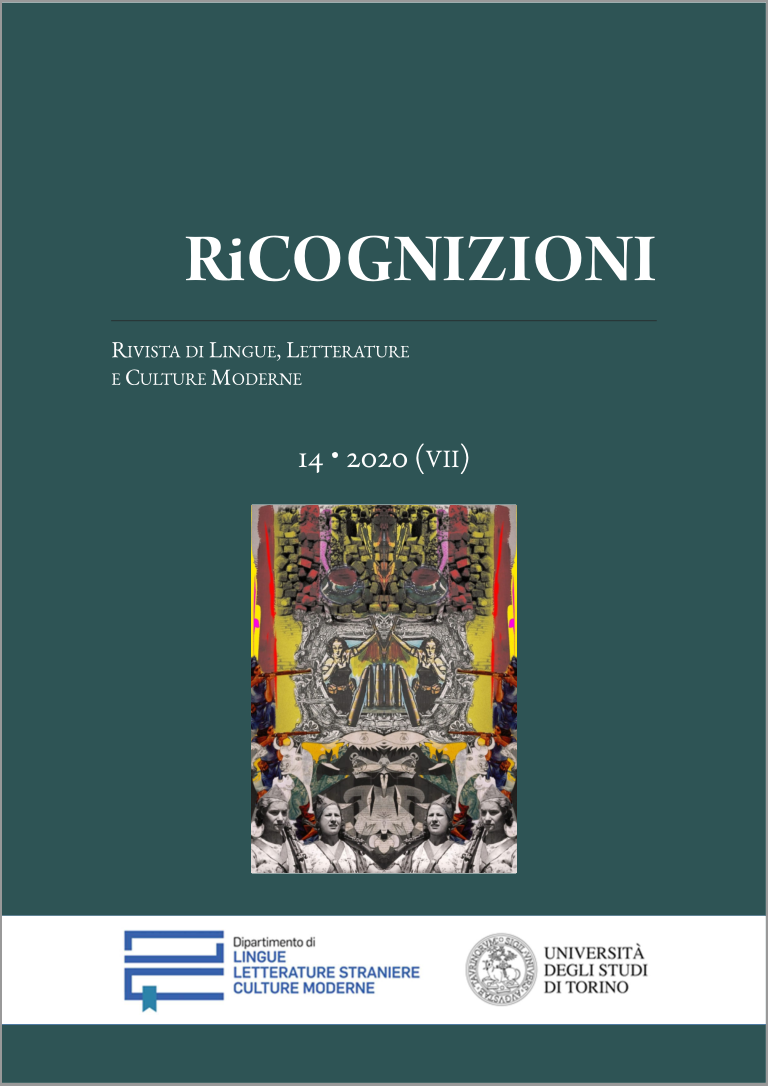Werther’s Lament for the Walnut Trees
From Alchemy to Literature to Ecocriticism
DOI:
https://doi.org/10.13135/2384-8987/5418Abstract
This paper aims to reread Goethe’s youthful epistolary novel The Sorrows of Young Werther, investigating in particular the role that trees play, both in the economy of the story and from the point of view of the alchemical-philosophical reflection of young Goethe. In particular, Paracelsus, the palingenesis of plants and the theory of signatures that make Werther not only an example of Goethe’s distance from the Sturm und Drang, but are the basis of the birth of a “classical” sensitivity. The latter will reach full maturity through the relationship of the Dichter and his character with nature (often erroneously understood as a pre-Romantic motif), specifically with trees, thanks also to the contribution of Spinoza’s philosophy. The walnut motif is exemplary in this sense, since it contrasts the human sense of the tragic with the calm evolution of nature, in which life, growth, reproduction and death follow one another without pathos. But Werther is also overcoming paracelsian alchemical studies, therefore the novel sublimates itself in the transition from nature to art, and in the latter field, it applies the theory of palingenesis to the regeneration of the Stoff. In this way Werther supports Goethe’s classicist turning point, as attested by the second edition of the novel of 1786, and his rebirth both in Goethes’s later works and in some of the 19th and 20th centuries. The role of trees in Werther ultimately shows an example of ecocritical thinking ante litteram.
Downloads
Published
How to Cite
Issue
Section
License
RiCognizioni is published under a Creative Commons Attribution 4.0 International License.
With the licence CC-BY, authors retain the copyright, allowing anyone to download, reuse, re-print, modify, distribute and/or copy their contribution. The work must be properly attributed to its author.
It is not necessary to ask further permissions both to author or journal board.








